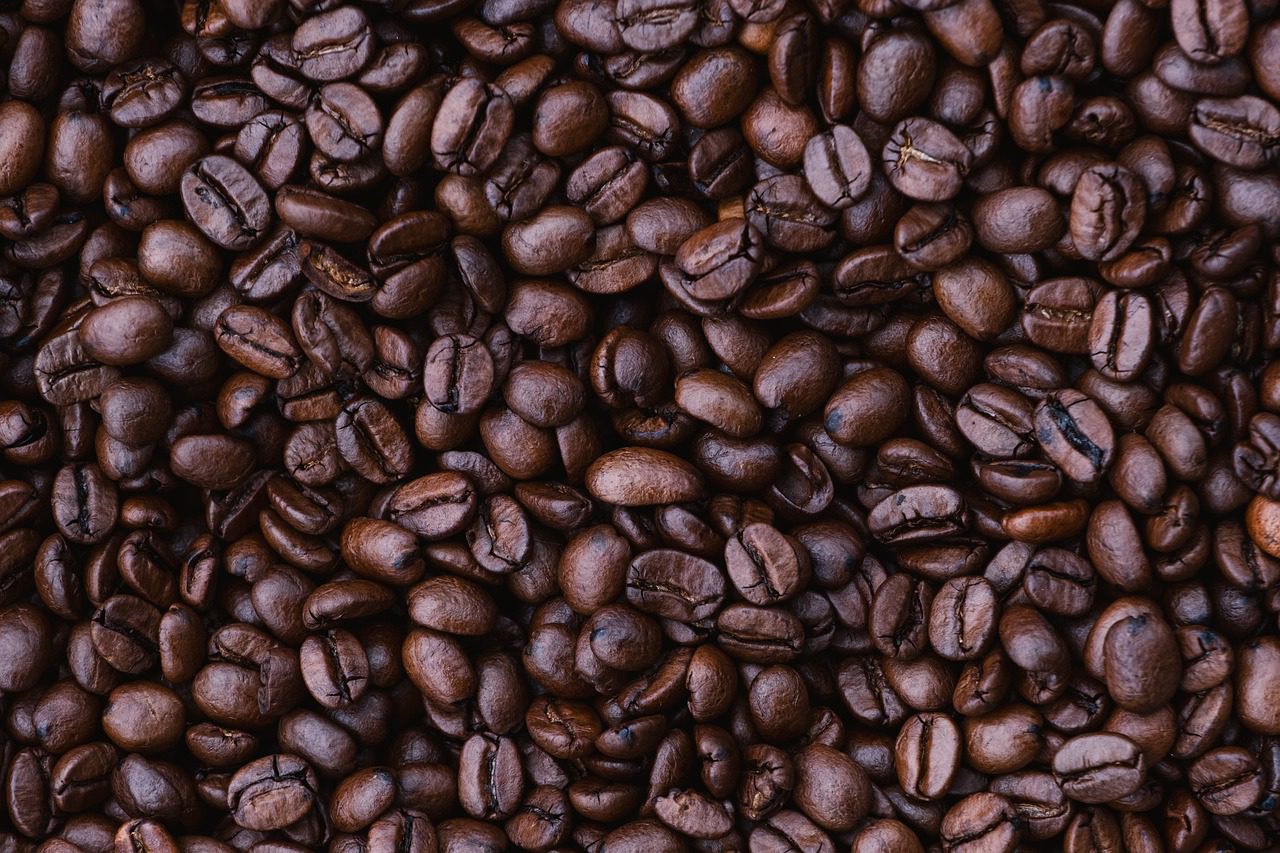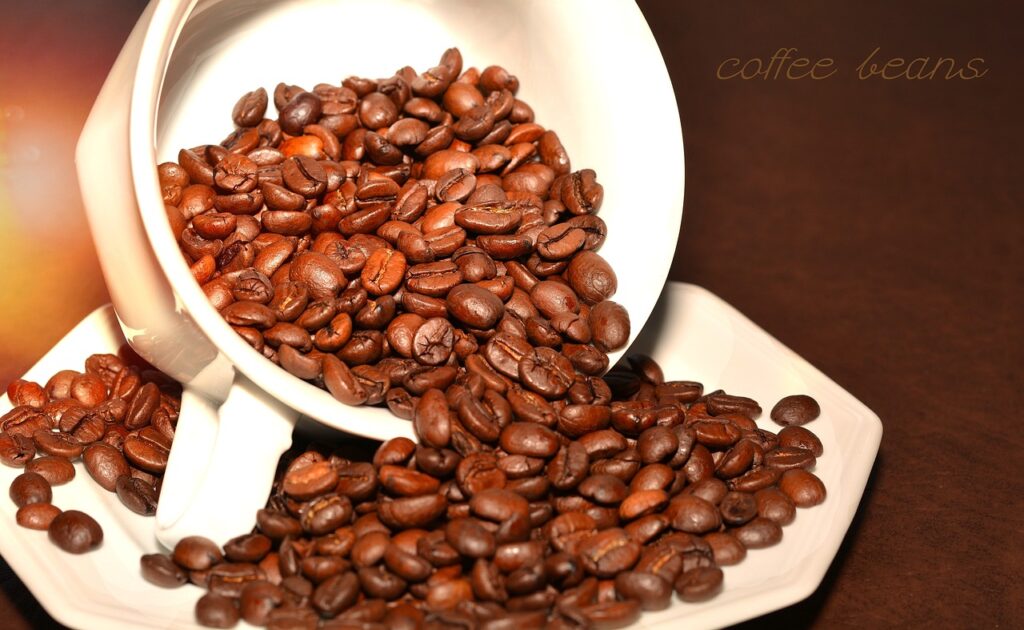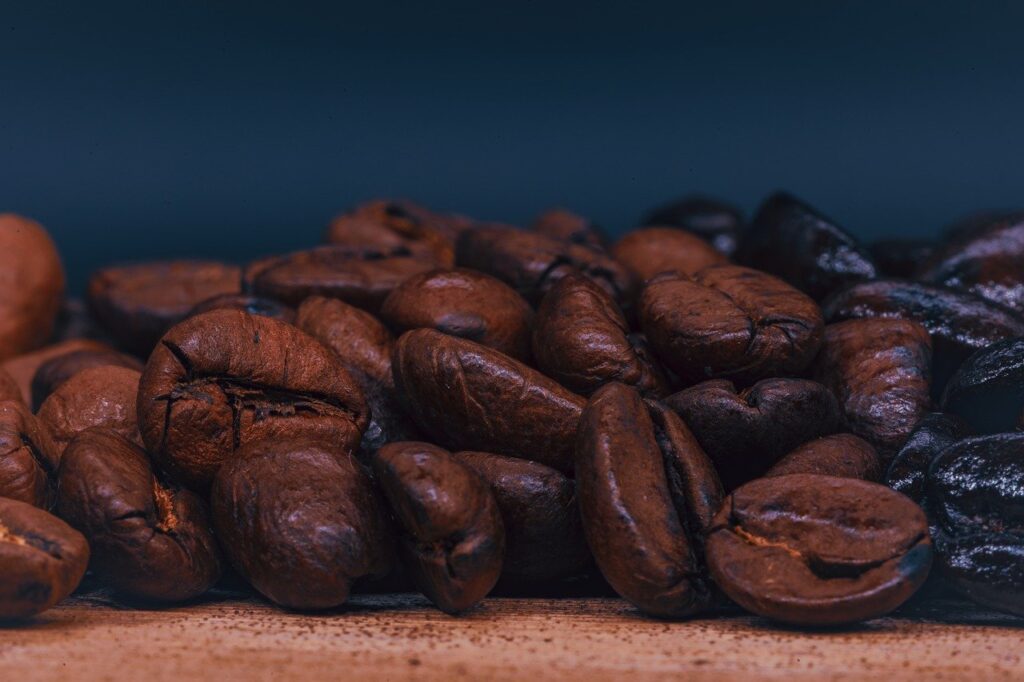
Coffee beans are a type of fruit that grows on trees, but unlike fresh fruit, they must go through several steps to produce the delicious beverage we all know and love. After the coffee plantations have finished processing the beans, they are delivered to us in a raw—or green—state. They are stable in that form but not yet prepared to be ground and brewed. They must first be roasted, and the way the coffee is roasted has a significant impact on the finished result.
Are you interested in learning more about the various coffee roasts? And how does the roast affect the flavor and caffeine content? In this post, we’ll concentrate on several coffee roasts to make it easier for you to decide which one appeals to your senses the most. You should be aware, though, that there are just a few commonplace coffee roasting guidelines and that many companies are free to name their roasts however they see fit.
Which coffee roast is the healthiest?
What level of roasting coffee is healthier for the body? This is a topic of interest to supporters of sound nutrition and an active lifestyle. Here are the findings from research done on the Arabica type by American scientists.
The light and medium roasting levels are seen as being more beneficial since they do not allow water and essential oils, which are rich in antioxidants, to evaporate. Additionally, under the effects of high temperatures, valuable chemicals cannot be destroyed in sufficient time. Lightly roasted coffee guards against swelling and cell deterioration.
Introduction To Coffee Roasting: Understanding The Different Types Of Coffee Roasts
Coffee, one of the world’s most beloved beverages, owes much of its rich and diverse flavors to the art of coffee roasting. The process of roasting coffee beans involves applying heat to transform green, raw beans into aromatic and flavorful delights. However, not all coffee roasts are created equal. From light to dark, each roast profile offers a distinct taste experience that appeals to different palates.
In this exploration of coffee roasting, we will delve into the various types of coffee roasts and unravel their unique characteristics. By understanding the differences between light, medium, and dark roasts, you can expand your appreciation for this captivating craft while discovering your personal preference in flavor intensity and complexity.
Four Main types of coffee roast
There are typically four main varieties of coffee roasts, each of which has distinct flavors and nuances that are revealed at various stages of the roasting process.
1. Light roast coffee (The First Crack)

Light roast coffee is also known as the first crack because the beans are at the first stage of expanding and cracking. This type of coffee roast reaches an internal temperature of between 190°c – 215°c and is pale brown in color, very light in color, and dry, with absolutely no oil present on the surface.
This kind of roast preserves more of the coffee’s natural flavors and highlights the beans’ natural acidity, mellow body, and bright floral or fruit flavors
This roast allows the coffee’s origin, quality, and unique characteristics to shine through. The roasts at the light end of the spectrum, produce a wide variety of aromas, flavors, and aftertastes, which may also be referred to as
Interestingly, light roast coffee has the highest caffeine content, as the longer it’s roasted, the more the heat pulls it out, so you may want to avoid this type if you’re particularly sensitive!
This roast is recommended if you are looking to taste the full complexity of what the coffee bean itself has to offer. The lighter body and tasting notes make for a sophisticated and elaborate cup of coffee that allows you to taste all of what that coffee has to offer.
Cinnamon roast
Coffee that has been prepared with a cinnamon roast has a weak scent and flavor. It is weak and has a light brown color.
High-mountain Arabica varietals from Jamaica, Kenya, and Nicaragua can be roasted using this approach.
Roasting the beans causes them to release a sour, yeasty flavor that smells like freshly baked bread.
New England roast
Stronger, more fragrant oils start to emerge from the coffee bean. The darkening of the beans is due to the release of saccharides and starches.
Although it has a more vibrant scent and flavor, espresso made with New England-roasted beans lacks sufficient expression. The finished coffee is a pale brown color.
2- Medium roast coffee

As its name implies, medium roast coffee has a medium brown color, is dry, and generally has a more well-balanced flavor. The hue of a medium roast sometimes referred to as a high roast, an American roast, or a city roast, is brown. Depending on the roast and the bean, the roast may have oil on its surface. Some of the natural characteristics are still retained in this roast, and some roast-derived flavors have also developed. An improved, well-rounded cup is made possible by this combination. A medium roast will cause some of the lighter, more acidic notes to be lost, but it also includes some of the toasted, caramelized flavors that come with roasting, making for a more well-rounded cup of coffee.
The most common tasting notes of medium-roasted coffees are spices, nuts, and chocolate. Medium roasts typically make for the smoothest and most traditional tasting experience.
The most popular roasts in America fall into this range, so if you’re searching for a coffee with a more traditional flavor, we suggest trying this roast. This roast combines the greatest qualities of light roast and dark roast coffees into a single cup, utilizing both roasting and bean-specific flavors.
Some common medium-roasted coffee names include:
American roast
Because of the fractures that have developed, American-roasted coffee beans have a mottled crimson tint. The coffee drink has a distinct sour flavor and a lively, sweet scent.
Typically, inexpensive varieties of coffee beans are roasted with this technique. Coffee produced in a Turkish pot or a French press is suited for American-style roasting.
City Roasting imparts nutty flavors to the beans, giving them the well-known “coffee aroma.” The beans start to release sugar when essential oil drops start to appear on them.
The coffee seems shiny and brown. The drink’s flavor changes to a sweet, distinct caramel flavor.
City-roasted beans are appropriate for the coffee maker in addition to the Turkish Pot and French press.
Many people love this sort of coffee roast since the flavor, aroma, and acidity all combine, and frequently, a little sweeter taste and richer aroma may be anticipated as well. It is roasted to a temperature of between 215°c and 230°c.
3- Medium dark roast coffee
The term “medium-dark roast” refers to a roast that is somewhat darker than “medium,” and is also known as a “Full City” or “Vienna Roast.” Coffee that has been roasted to a medium-dark level is dark brown and typically has oil on the surface of the beans. This roast still maintains indications of the flavors of its place of origin while exhibiting roasting characteristics. These coffees typically have a bolder body.
Medium-dark roast coffee, which reaches a temperature of 240°c, is a fantastic choice for those seeking something somewhat more flavorful than medium roast but not quite as bitter as dark roast coffee. This variety, which is darker in color and has oil on the top of the roasted bean, has a robust flavor that has been compared to being almost bittersweet. Additionally, the acidity is essentially imperceptible because of the prolonged roasting time.
Dark chocolate and walnuts are frequent flavors in these medium-dark roasts. The taste process is frequently described as rich and bittersweet.
If you want to venture out on a more daring flavor adventure but don’t want the bitterness frequently found in the darkest roasts, you should give this roast a try. A full-bodied, strong cup is produced by roasting at this level, which strikes the ideal balance.
Common names for medium-dark roast coffee are:
Full City roast
The burning of the essential oils gives the beans a dark hue and a faint smoke. Coffee that has been fully roasted in the city contains sourness, chocolate, and a subtle bitterness. The majority of the time, coffee makers use it.
Vienna roast
The Vienna roast produces a surface that is glossy and buttery brown in hue. The espresso has a robust flavor and the typical bitterness of coffee. The sweetness of caramel is immediately detectable as the sourness fades away.
4. Dark roast coffee (The Second Crack)

Dark-roasted coffee can range in color from very dark brown to black and typically has an oily surface on the bean. It can also go by the names Full City+, French Roast, or Italian Roast. The inherent properties of the bean are less retained in the darkest roasts, and the roast ultimately dominates the flavor of the coffee. Additionally, because it has been roasted the longest, there are no signs of acidity, and there is also less caffeine.
Dark roast coffee is roasted to a temperature of between 250°C and 27°C, which is the boldest roasting profile currently accessible. This variety, often known as “second crack,” is black with an oily surface and an extremely bitter flavor.
Bittersweet chocolate and brown sugar are typical flavor notes in dark roasted coffee. These provide a powerful flavor experience. Dairy or non-dairy ingredients go well with dark roasts since the powerful body cuts through these flavors while still retaining the traditional coffee flavor. For individuals seeking a robust, full-bodied coffee as well as those who prefer brewing coffee-based beverages, this roast is suggested.
Popular dark roast coffee names include:
French
One of the most common roasts for espresso is the French roast. With surface fractures, the coffee beans acquire an even deeper brown tint. The coffee is robust and rich. The flavor includes a powerful scent with overtones of burnt caramel.
Italian
The grains are an extremely dark brown color and are covered in oil. French roast and roast are comparable, but roast has a stronger flavor. an ordinary espresso roast.
Spanish
The coffee bean has a glossy, oily surface that is practically black. The bean becomes extremely fragile and brittle.
An espresso that has been roasted in Spain tastes peppery and is robust and rich.
This is one of the trickiest roasting techniques and isn’t appropriate for all coffees because certain roasts just burn to ash.
Spanish roasted beans are rarely offered in their purest form due to their distinctive flavor; instead, they are utilized to create blends.
Caffeine Content Between Coffee Roasts
Dark roasts often contain the most caffeine, whereas light roasts typically contain the least. This is because a coffee bean loses more caffeine the longer it is roasted.
Light roasts typically have flavors like chocolate or floral overtones and are less acidic and sweeter than dark roasts. Darker roasts typically have flavors like hazelnut or chocolate coffee as well as more bitter and earthy notes.
This isn’t always the case, though. For instance, many people who enjoy dark roast coffee discover that a medium roast might be their preferred coffee bean since it offers flavors that are similar to dark roasts but are less bitter.






